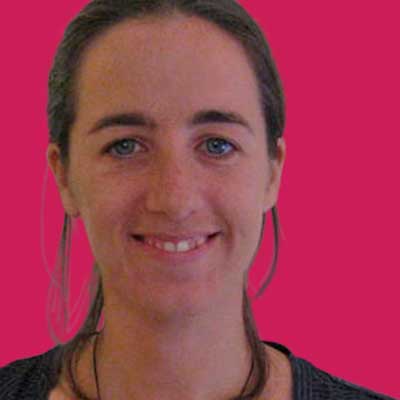Summary: make simple cakes in a mug and experiment with the recipe to find out what different ingredients do
Set-up: 5 mins
Play: 30 minutes – 1 hour with extensions
Complexity: Medium
Materials
- Microwave
- Mugs
- Plain flour
- Caster sugar
- Baking powder
- 4-6 eggs
- Cooking oil
- Water
- Tablespoon measure
- ¼ teaspoon measure
- Fork
What to do
Measure out the ingredients for the cake into a mug.
- 4 tablespoons plain flour
- 2 tablespoons caster sugar
- ¼ teaspoon baking powder
- 1 small/medium egg
- 2 tablespoons cooking oil
- 2 tablespoons water
Mix the ingredients together with a fork, making sure to stir in all the flour (check for flour sticking at the bottom of the mug). Examine the mixture: what does it look like, feel like and taste like? (Not too much tasting because of the raw eggs!). What does your child think they need to do to turn this mixture into a cake?
Cook the mixture in the microwave on full power for 2 minutes. Take the cake out of the microwave and allow it to cool for a minute or so. (Be aware the mug and cake will be hot straight out of the microwave). Take the cake out of the mug and put it on a plate so you can look at the changes that have occurred. What does the cake look like now? What does it feel like? How does it taste?
Ask your child why do they think we need all these ingredients for a cake. Why do they think they need to mix them altogether? What do they think would happen if they didn’t include the oil / eggs / sugar / baking powder? How could they find out?
Experiment to see what happens when you leave out an ingredient (stick to one at a time). You can leave out the egg, the oil, the sugar or the baking powder from the mixture, cook the cakes and examine the resulting cakes by looking at them, feeling them and tasting them (the cakes are still edible, although some might not be that tasty!). Ask your child how each cake is different to the cake you made first, the one with all the ingredients? Can they suggest what the egg/oil/baking powder/sugar does in the cake mixture?
Extensions
Explain what different ingredients do in a cake. For example, the chemicals in baking powder react and produce carbon dioxide which gets trapped in little pockets when the cake is cooked, and make the cake spongy. The egg provides proteins which are long, chain-like molecules which unravel and form strong, hard structures inside the cake, and give the cake some structure (making the cake solid). The oil coats all the ingredients, which stops the cake from drying out when it is cooked. Sugar caramelises and browns the mixture, as well as making it tender and sweet.
Try replacing some of the cake ingredients and see what difference that makes. For example, you could replace some of the flour with cocoa powder, or the water with milk.
Design the perfect “cake in a cup” recipe by testing different ideas to improve the cake. What else might you add to improve this cake? Try raisins, mashed banana, desiccated coconut, nuts or chocolate chips. Get your child to write down the recipe and share with family and friends.
What learning does this activity promote?
Mathematics, thinking skills, observation, prediction, theorising, experimentation, creativity
By Dr Vicki Hargraves

